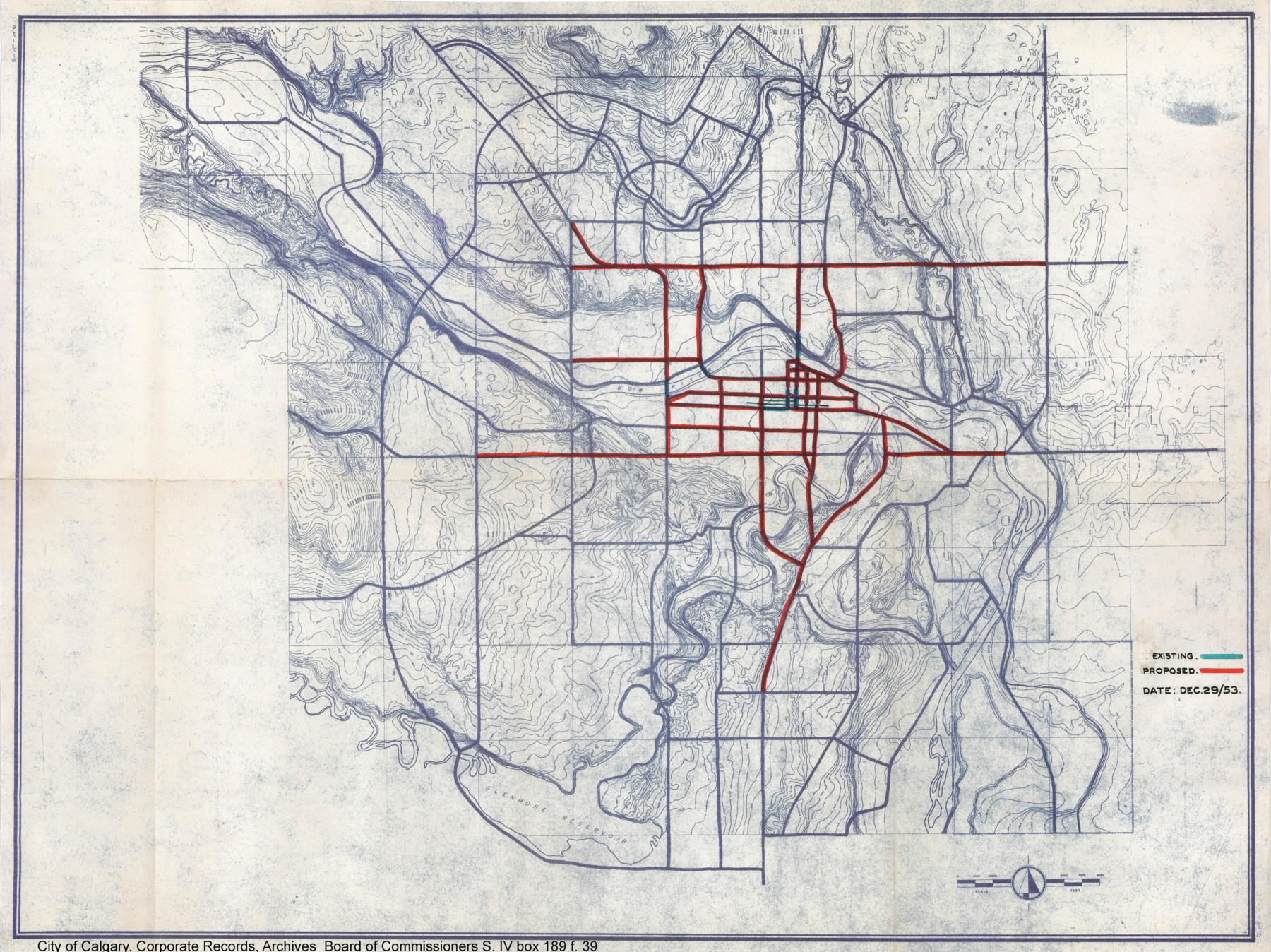First cars drive on fully completed Calgary Ring Road
The overall project has been under construction since 1999.

Cars have begun to drive on the fully completed Calgary Ring Road. – Graham Construction
Key Takeaways:
- The 101-kilometre free-flowing Calgary Ring Road is now open to traffic.
- The five-leg project has been under construction since 1999 and been in various stages of planning since the 1950s.
- The final portion of the project was completed 10 months ahead of schedule by Calgary Safelink Partners, a joint venture that included Graham Construction, Carmacks Enterprises and VINCI Construction Geo Infrastructure.
- The entire project required building 197 new bridges and 48 interchanges.
The Whole Story:
The Calgary Ring Road project, one of Alberta’s largest infrastructure projects ever, has come to a close after decades of planning and construction.
The project is one of the largest infrastructure undertakings in Calgary’s history and includes 197 new bridges and 48 interchanges. The fifth and final leg of the 101-kilometre free-flowing Calgary Ring Road is now open to traffic.
“Calgary’s ring road is a project that has been decades in the making and its completion is a real cause for celebration,” said Premier Danielle Smith. This has been an important project and our government got it done. With this final section completed, travelling just got a little easier for families and for workers. This will not only benefit Calgarians and residents in the metro region, it will provide a boost to our economy, as goods can be transported more easily across our province.”
Although construction of the entire ring road project began in 1999 under former premier Ralph Klein, discussions on a ring road around the City of Calgary began as early as the 1950s. In the late 1970s, under former premier Peter Lougheed, high-level planning and land acquisition started and a transportation utility corridor was established to make the Calgary Ring Road a reality.

“The final section of the Calgary Ring Road is now complete, and I’d like to acknowledge the work done by former premiers and transportation ministers and their vision to build Alberta,” said Devin Dreeshen, minister of transportation and economic corridors. “I’m proud to announce that the final section was completed on budget and months ahead of schedule.”
Officials explained taht Opening the ring road means new travel options for Calgarians, which will draw traffic away from heavily travelled and congested roads such as the Deerfoot Trail, 16th Avenue, Glenmore Trail and Sarcee Trail. For commercial carriers, the ring road provides an efficient bypass route, saving time and money for the delivery and shipment of goods and services.
“The ring road investment generated thousands of local jobs and will now play an integral role in keeping Calgarians and the economy moving,” said Jyoti Gondek, Calgary mayor. “This important transportation link will ease congestion on city routes and greatly improve connectivity and access for businesses transporting goods.”
The province noted that the ring road is a critical component to growing economic corridors in Alberta and Western Canada, as it connects the Trans-Canada Highway to the east and west, and the Queen Elizabeth II Highway and Highway 2 to the north and south. It is also part of the CANAMEX corridor, which connects Alberta to the highway network in the United States and Mexico.
The final portion of the project was completed 10 months ahead of schedule by Calgary Safelink Partners, a joint venture that included Graham Construction, Carmacks Enterprises and VINCI Construction Geo Infrastructure.
“This achievement not only sets a new standard for major projects in the region but also stands as a testament to the remarkable efforts of our dedicated team,” said Graham’s team. “Completing this ring road project 10 months early is a win not just for the project but for Calgarians and the citizens of Alberta who will be able to utilize the entire Stoney Trail network. It demonstrates our commitment to delivering results that positively impact the community and the travelling public.”

